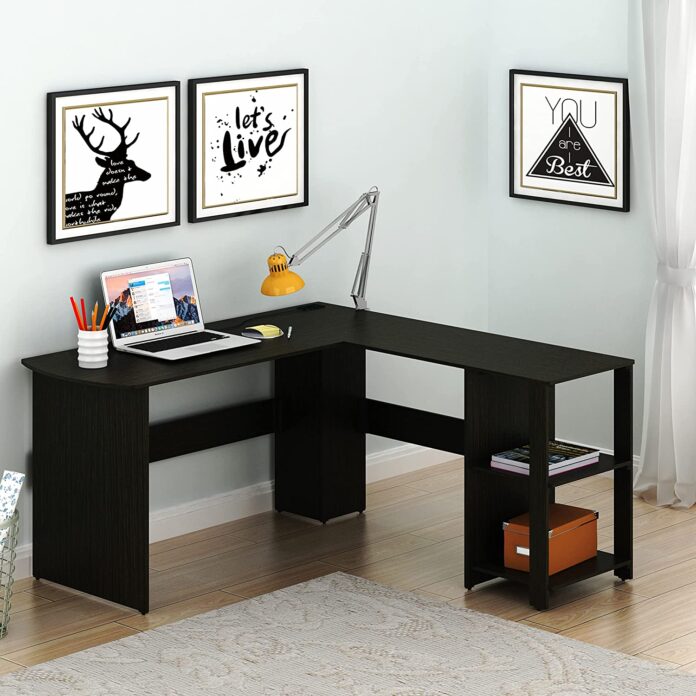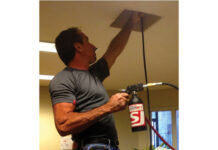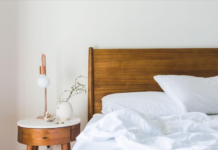The critical element in determining a workplace’s overall appearance is its interior design. Every nook and cranny of an office should be carefully planned out to give the surroundings a flawless appearance. 90% of the interior decor is made up of furniture and lighting. Corner workstations are an excellent technique to ensure that no room is left unoccupied in an office.
The structure and composition of a corner desk
Corner tables are a popular type of office desk that are made in L-shape, which helps with its dual use. They enable various chores to be completed without interfering with anyone. This facilitates multitasking. These desks are designed so that when a person is seated, their posture is straight. This is due to the table’s adjustable height and angle, which sets it apart from conventional desks and tables. This keeps a person from experiencing excruciating neck and back discomfort and enables them to focus without being concerned about nervous issues.
Efficient and easy to use.
One of the most efficient and practical solutions is a corner desk. These desks have curved and linked edges, so they may fit precisely in any office space corner. It works well in offices with limited space and a need to set up many workstations for workers. For workers with a lot on their plates, corner workstations are typically situated in a distinct location from the main area. Many things, both professional and personal, can be kept for future use.
Companies use corner desks to cut costs.
Due to the corner desk’s dual purpose, reports indicate that many IT and finance organisations prefer these to standard computer tables. This is so that two individuals can collaborate at the same table. This helps with efficient collaboration and enhances communication. It facilitates speedier data, tools, and information communication. These workstations are reported to significantly save costs for the firm by up to 50%. This is so that two people can work at one desk.
It offers immense benefits to individuals as well.
People benefit since this type of office desk is less expensive than conventional study tables, another factor. The sizes and materials of these desks vary. The most prevalent types of desks are those made of wood and plastic. The size, calibre, and material of a desk can all be customised based on the available funds.
Types of a corner desk.
Two-way desks.
These desks have the added benefit of enabling people to work in two distinct ways. Alongside each other, two people can work. This is especially beneficial at a job where teamwork is required to complete tasks. This encourages workers to perform better and helps foster a friendly work atmosphere. On the same table, two different functions may also be worked on. By just switching seats, a person can use their laptop on one side while working on other chores from the other side. As a result, there is no longer a need to rearrange items for two distinct purposes.
These desks also come in foldable versions.
This desk does not require a permanent location. When the job is finished, one may fold the table and store it in a closet after opening it and setting it up as needed. This is particularly advantageous when the office is crowded. Additionally, it makes it possible to move and position the table. When adequately adorned, the desk, for instance, can be used as a tea table on the lawn. On the other hand, a room can be used as study tables.
Suitable for minimalistic decor.
Corner desks are popular among those who like a streamlined look in their workplace because they take up so little room. They typically come in colours like peach, sand, cream, black, nude, and so forth. They are all plain, understated hues. These desks can be added to make small vacant corners and furniture places that remain beautifully after all changes. Comparatively speaking, these desks are more space-efficient than conventional workstations. They are, therefore, the most appropriate for tiny rooms.











